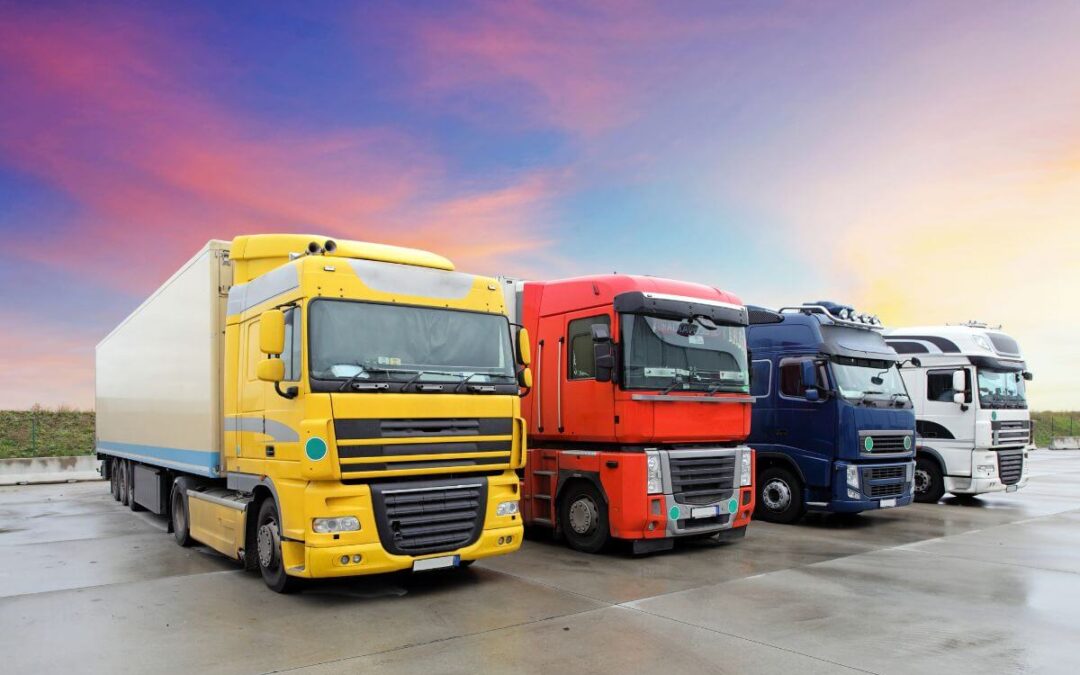Bigger tires change the whole vibe of a diesel truck. They look meaner, sit higher, and can handle rough ground better than stock rubber. That’s the upside. The downside? They can also kill fuel economy, wear out parts faster, and mess with your gauges.
We’ve had trucks roll into Brandell Diesel that looked sharp with oversized tires but were chewing through ball joints and brakes because nothing else was upgraded. On the other hand, we’ve seen rigs with proper setups that run great and pull hard even on big rubber. So the answer is: it depends.
The Upsides
Ground clearance. With taller tires you don’t scrape your frame on every rock, snow pile, or rutted path. Ranch trucks and off-roaders benefit most here.
Traction. A bigger footprint grabs better in mud, sand, and snow. If you’ve ever buried a stock truck in wet pasture ground, you’ll understand why folks upsize.
Looks. Let’s be real — part of it is style. Bigger tires give the truck that “don’t mess with me” stance. Some people want function, others just want the look.
Load ratings. Certain heavy-duty tires are built to handle more weight. If you tow heavy or haul, that extra strength can be handy — but only if you pick the right tire.
The Downsides
Fuel burn. Larger tires are heavier. That means the engine pushes harder, and you’ll feel it at the pump.
Speedo problems. Bigger tires throw off your speedometer and odometer. We’ve had customers swear their truck “gets great mileage,” only to find out the numbers were wrong because the truck wasn’t recalibrated.
Stress on parts. Axles, ball joints, steering, suspension — all of it works harder when you upsize. Without the right upgrades, things wear out quicker.
Loss of pull at low speed. Taller tires change the gearing. You’ll notice sluggish take-off or less torque when towing unless you re-gear the differentials.
Legal stuff. Oversized tires and lifts can break local rules. We’ve seen insurance companies give people grief, too, if the mods weren’t disclosed.
How It Changes Performance
- Gears: Bigger tires change the ratio. Re-gearing fixes it, but that’s another cost.
- Brakes: Stopping distance grows with heavier rubber. Sometimes a brake upgrade is the safe move.
- Drivetrain strain: Engine and transmission both feel the load. Heat is a big enemy — we’ve seen stock transmissions overheat towing with oversized tires.
When It Makes Sense
If you’re in the mud, snow, or trails a lot, or you just want that tough stance and don’t mind spending on supporting upgrades, bigger tires make sense.
If your truck spends 90% of its life on the highway, or you don’t want to re-gear, upgrade brakes, or watch fuel economy drop, stick closer to stock. Sometimes a good set of all-terrains and a mild lift kit hit the sweet spot.
Final Take
So, are bigger tires worth it? For some diesel owners, yes — they look better, clear more, and grip stronger. For others, the trade-offs in fuel, wear, and cost just aren’t worth it.
If you’re thinking about making the jump, stop by Brandell Diesel. We’ll take a look at your truck, talk about how you use it, and let you know what upgrades you’ll need so those tires don’t turn into a headache.

 Call Us Now
Call Us Now 8010 44 St SE Calgary
8010 44 St SE Calgary